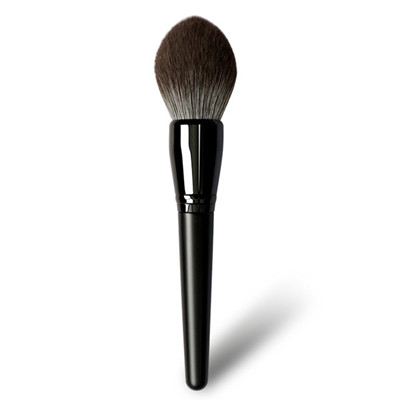IPQC overall process
Pre-production preparation
- Check the production plan and bill of materials (BOM) to confirm that the bristles, ferrules, handles and other materials meet the specifications.
- Confirm that the equipment parameters (such as tube pressing machine pressure, glue amount, baking temperature) are consistent with the process documents (SOP/SIP).
- Check that the production environment (temperature, humidity, electrostatic protection) meets the requirements.
First piece inspection
- First inspection of key processes: such as brush head shape after pressing tube, glue dispensing amount, LOGO printing position, handle vertical etc., need to be confirmed to match the sample.
- Three-inspection system: worker self-inspection → team leader re-inspection → IPQC special inspection, stamp and release after passing.
On-Site Inspection
Frequency: 5-10 samples of key processes (such as head shaping, gluing, and hair trimming) are randomly inspected every 2 hours.
- Operational standardization (such as whether the brush head is cleaned thoroughly and whether the hair trimming is done to remove the stray hair).
- Equipment inspection (soldering iron temperature, electric screwdriver torque).
- Material consistency (hair material, handle color match the order).
Defects
- Identify and isolate defective products (such as split hairs, glue overflow), and trace the same batch of products.
- Trigger abnormal process: When the defective rate exceeds 3%, issue a "Quality Abnormality Form" and require the engineering department to analyze and improve.
Final piece inspection and record
- At the end of production, spot check the final piece to ensure that the entire batch of products has no batch defects.
- Organize inspection records, first inspection reports, and defect statistics tables, and archive them for traceability.
Specific control points:
Brush head production process
- Hair shaping: Manual shaping makeup brush head through special molds (cup) to ensure that the hair head has uniform curvature and clear layers;
- Trimming and shaping: Use mold to ensure that the hair head shape is consistent, without stray hair or split ends.
- Wire wrapping : Tie the hair head according to the brush type to prevent loose hair; after thread removal, the hair shape needs to be trimmed again.
- Removing loose hair: Remove loose hair scraps through centrifuge or manual combing to avoid later bristle falling.
Assembly and gluing
- Angle and symmetry: The angle tolerance between the brush head and the brush handle is ≤2°. Symmetrical brushes (such as blush brushes) require visual inspection equipment to assist in calibration.
- Gluing: The amount of glue used must be accurate (such as 0.07-0.53g/piece), and the glue gun temperature must be controlled at 120-150℃ to prevent overflow or degumming.
- Baking: The setting temperature is 80℃±5℃ for 12 hours to avoid deformation of the brush head.
- Connecting: After assemble the brush head and the handle, rotate 360° to check if any problem such as tilted head or gaps, and wipe off excess glue.
- Glue strength: When glue connecting the brush head and the ferrule, the glue (epoxy resin or environmentally friendly glue) must pass the tensile test (such as ≥5kg tensile force without falling off).
Cleaning and disinfection
- Dust removal and cleaning: The brush head needs to be ultrasonically cleaned to remove dust and broken hair, and the amount of residual hair is ≤0.1%.
- Disinfection: For animal hair, use ultraviolet light or ozone disinfection to ensure microbial indicators (such as total colony count <100CFU/g).
Surface and packaging
- Printing: LOGO printing must be clear , and must pass 5 tape peeling tests to ensure no fading; the position and clarity of the inkjet coding must be consistent with the sample.
- Surface treatment: Check whether the polishing is smooth and burr-free, and whether the paint/electroplating layer is uniform and free of bubbles.
- Appearance: fully inspect the bristle firmness, handle scratches and other appearance issues before packaging.
Common problems and solutions
- Hair loss: Adjust glue gun pressure, refill glue and extend curing time
- Hair head deformation : Add shape-fix and drying process
- Brush head crook: Recalibrate cup mold and add head shaping process
- Brush handle broken: Replace to tough material and strengthen injection temperature control
- Handle painting peeling: Extend drying time and control workshop humidity ≤60%
- Printing blurred: Use UV curing ink or increase surface treatment
Kingyin is a professional Chinese makeup brush factory, with more than 15 years experience in makeup brush production and custom makeup brushes & OEM makeup brushes for worldwide customers and brands.
Kingyin has passed ISO9001, ISO14001, GMP,C-TPAT, FDA/ISO22716, BSCI and SEDEX/SMETA factory audit; with standard workshop, strict quality control and management system,which can ensure makeup brush production and quality.







